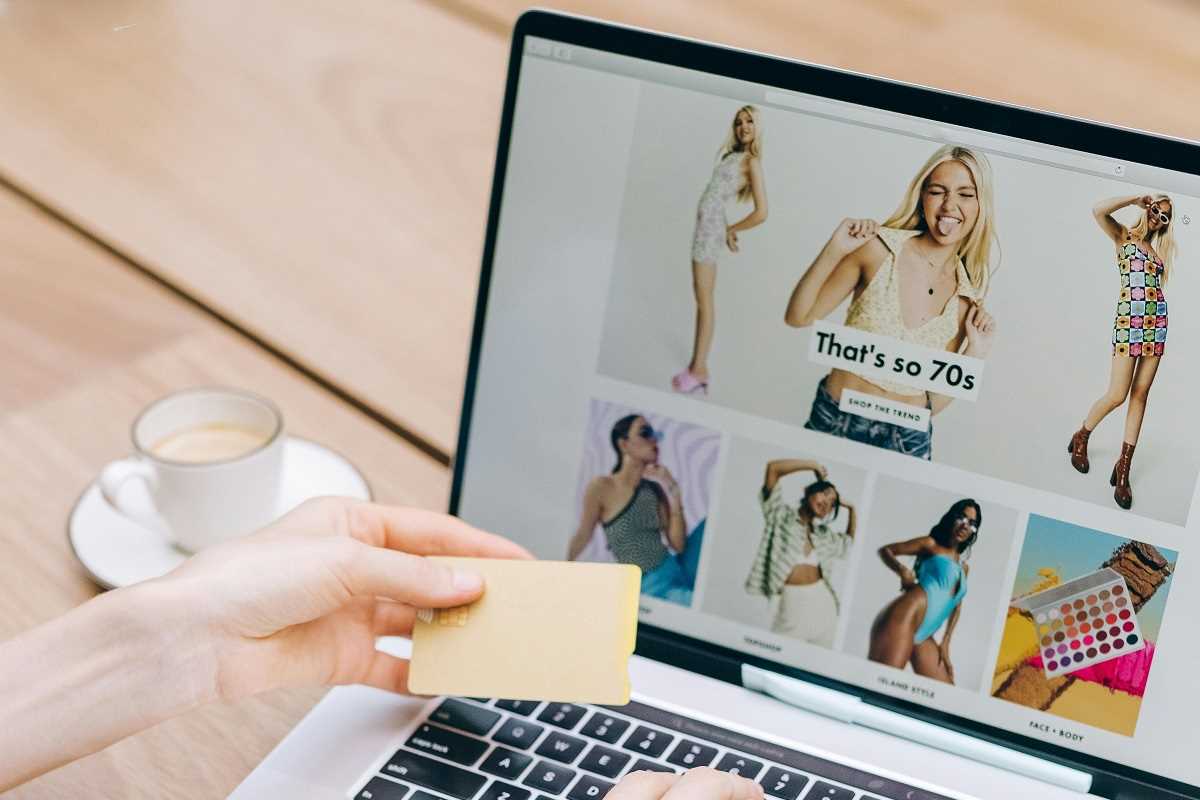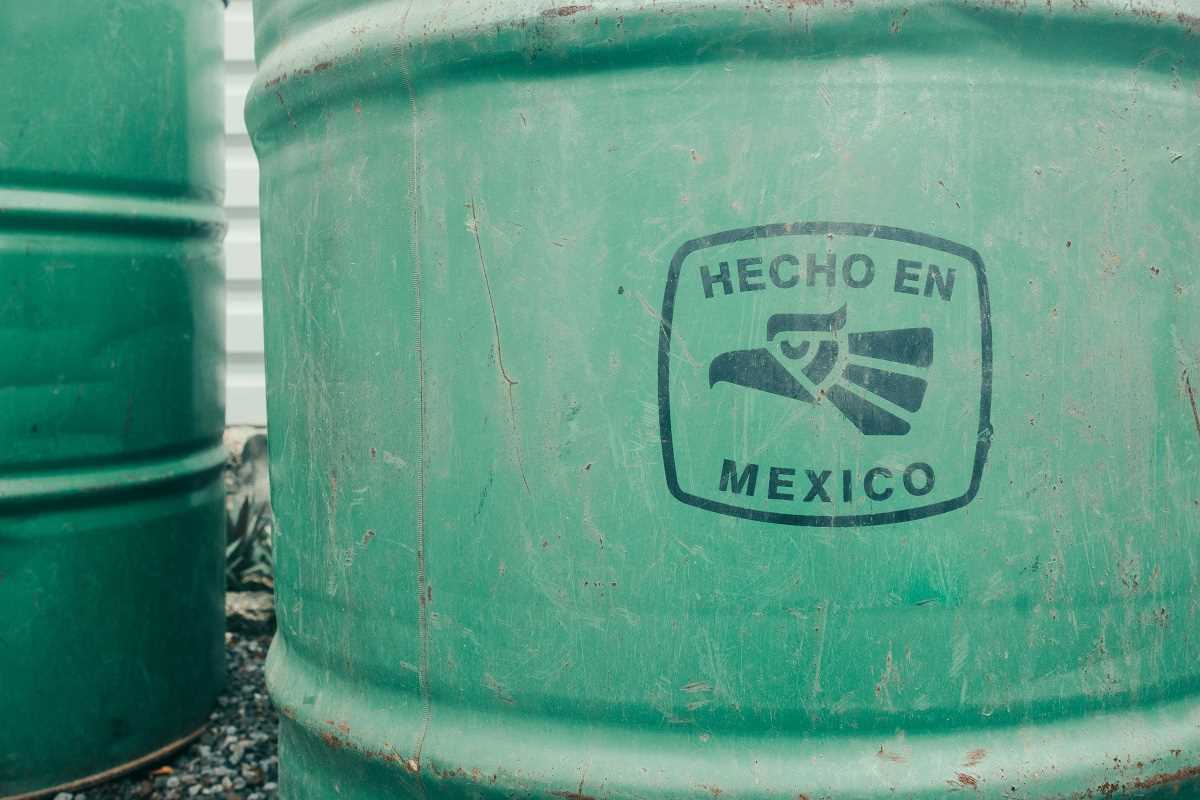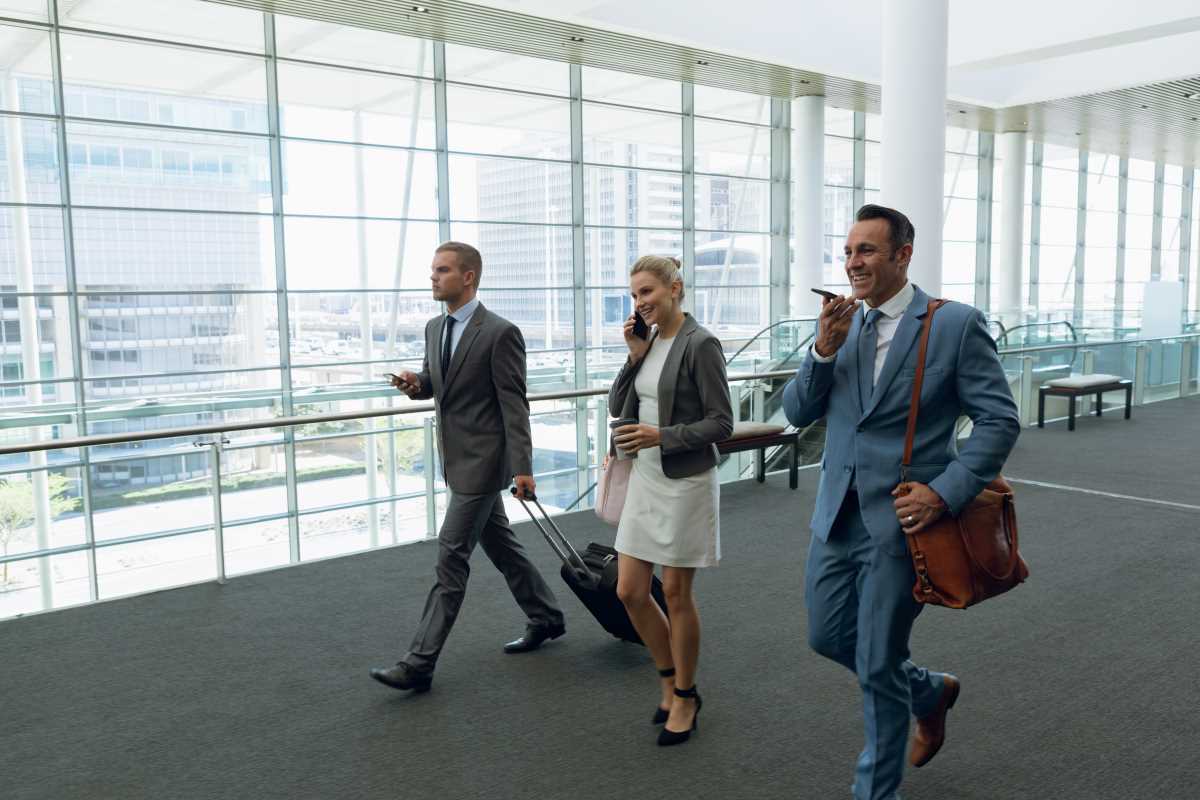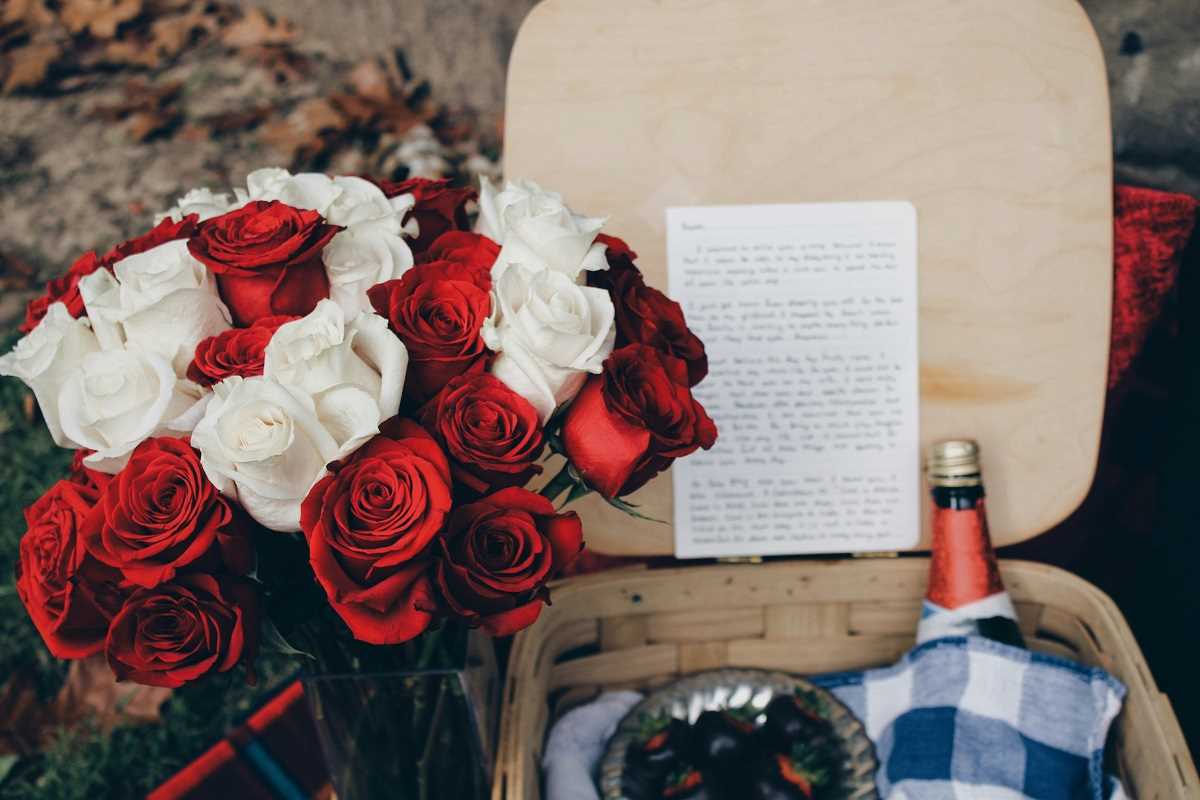Babies grow so fast, don’t they? One minute, they’re swaddled in newborn onesies, and the next, they’re crawling all over the house. With how quickly little ones outgrow clothes, toys, and gear, it’s smart to shop for second-hand baby products. Not only can it save you a ton of money, but it’s also better for the environment. Less waste, fewer expenses—what’s not to love?
If you’re new to buying used baby items or wondering how to do it safely and efficiently, don’t worry. Here’s everything you need to know about buying second-hand baby products while ensuring the best for your baby’s safety and comfort.
Why Buy Second-Hand Baby Products?
Before we get into the tips, let’s talk about why second-hand shopping is a win-win option for parents and the planet.
- Save Money - Babies need a lot of stuff, and buying everything brand new adds up. Strollers, car seats, cribs, clothes, high chairs—it can feel endless. By shopping second-hand, you can slash those costs significantly. For example, a gently used high-end stroller that costs $500 brand new might only set you back $200.
- Reduce Waste - Buying pre-loved items means fewer things end up in the landfill. Plus, when you purchase second-hand, you’re reducing the demand for brand-new products, which saves resources and energy. Sustainable shopping is a great habit to model for your little one from the start.
- Babies Grow Quickly - There’s no getting around it—babies grow like weeds. That adorable onesie you love may only fit for two months. Gear like bouncers or bassinets, while useful, may be outgrown in no time. Buying second-hand means you can trade up sizes or upgrade gear without guilt.
Tips for Buying Second-Hand Baby Gear
While buying used has its perks, you’ll want to do it right. Not every product is worth purchasing second-hand, and some require extra caution. Here’s how to make sure you get quality items that are safe for your baby.
1. Do a Safety Check
Baby safety standards are constantly updated, and what was safe five years ago might no longer meet current regulations. Here’s what to watch for when buying second-hand gear.
- Recalls: Check if the item has been recalled. You can visit the CPSC website (U.S.) to search for recalls by product name or brand.
- Age of the Product: Some baby products, like car seats, have expiration dates. Car seats, for example, usually expire after 6–10 years due to wear and tear and evolving safety standards.
- Instruction Manual: If possible, try to get the manual. If not, look up the brand and model online to ensure you know how to use or assemble the item safely.
2. Inspect the Condition
Thoroughly inspect any item before purchasing. Here’s a quick checklist to follow when you’re evaluating second-hand baby products.
- Cleanliness: Make sure the item is free of mold, stains, or smells. Strollers, high chairs, and cribs should be wiped clean and sanitized, while clothes and fabrics can be machine-washed.
- Structural Integrity: Check for cracks, chips, missing parts, or loose screws. For strollers and cribs, make sure all locking mechanisms work properly.
- Fabric and Foam: If you’re buying bouncers, car seats, or nursing pillows, ensure the fabric isn’t torn and that foam isn’t sagging or crumbling.
3. Know the Best Things to Buy Used
Not every baby product should be purchased second-hand. Some items lend themselves well to reuse, while others do not. Here’s a breakdown.
Great Second-Hand Buys:
- Strollers: High-quality strollers are built to last, so a used one in good condition can still function beautifully. Double-check the brakes, harness, and folding mechanisms.
- Clothing: Baby clothes are often barely used since babies outgrow them so fast. Look for soft fabrics in good condition with no stains or tears.
- Cribs: Wooden cribs can be a great second-hand buy, but make sure it meets safety standards. Avoid drop-side cribs, which have been banned in many countries.
- Toys: Larger toys like walkers or activity centers are good second-hand finds if they’re sturdy and easy to clean. Just avoid anything with small, loose parts for infants.
Better to Buy New:
- Car Seats: While buying used car seats may seem like a big money-saver, it’s usually safer to get a new one unless you 100% trust the seller. Car seats involved in accidents—even minor ones—may not perform as well, and some might even be expired.
- Breast Pumps: For hygiene reasons, it’s best to buy a new breast pump. If you use one second-hand, make sure to replace all tubing and accessories.
- Mattresses: Used crib mattresses can harbor bacteria, mold, or dust mites, which aren’t good for a baby’s sensitive skin and respiratory system. Opt for a new mattress when buying a used crib.
4. Shop Smart
Knowing where to look is key to finding quality second-hand baby products.
Where to Shop:
- Local Facebook Marketplace: This is a treasure trove for baby items. You’re likely to find everything from bassinets to high chairs posted by parents in your area.
- Consignment Stores: Baby consignment shops carefully vet their inventory, so you’ll usually find high-quality, gently used items here.
- Online Platforms: Websites like ThredUp, Kidizen, and Mercari specialize in second-hand clothes and gear, including baby items.
- Garage Sales and Flea Markets: Sometimes, you can snag great deals at local sales, but be prepared to inspect the items carefully.
Tips for Negotiating:
- Be polite but don’t be afraid to haggle. Many sellers expect some bargaining, especially when selling second-hand.
- Bundle purchases to get discounts. For example, if someone is selling baby clothes, see if you can buy multiple items for a lower price.
5. Clean Everything Thoroughly
Even if an item looks spotless, always clean it before use. Babies are sensitive little humans, after all!
How to Clean Items:
- Clothing: Wash all clothes in a baby-safe detergent. Check the fabric tag for washing instructions on delicate items.
- Strollers and High Chairs: Use a mix of water and mild soap to wipe down hard surfaces. For fabrics, check if they’re machine washable or spot-clean as needed.
- Plastic Toys: Wipe down with child-safe disinfectant wipes or wash larger items in warm soapy water.
Bonus Tips for Parents
- Borrow Before You Buy: If you’re unsure about how much you’ll use an item, consider borrowing it from a friend or a baby gear rental service. This is especially useful for short-term items like swings or bassinets.
- Think Long-Term: If you’re planning for more children, consider buying gender-neutral and durable items that can be reused for future siblings.
- Know What You Need: It’s easy to feel overwhelmed with an endless list of “must-haves.” Focus on items your baby truly needs, and prioritize those that are versatile and multi-purpose.
By knowing what to look for, inspecting items for safety and quality, and following a few practical cleaning tips, you can provide your baby with high-quality, safe, and budget-friendly gear.
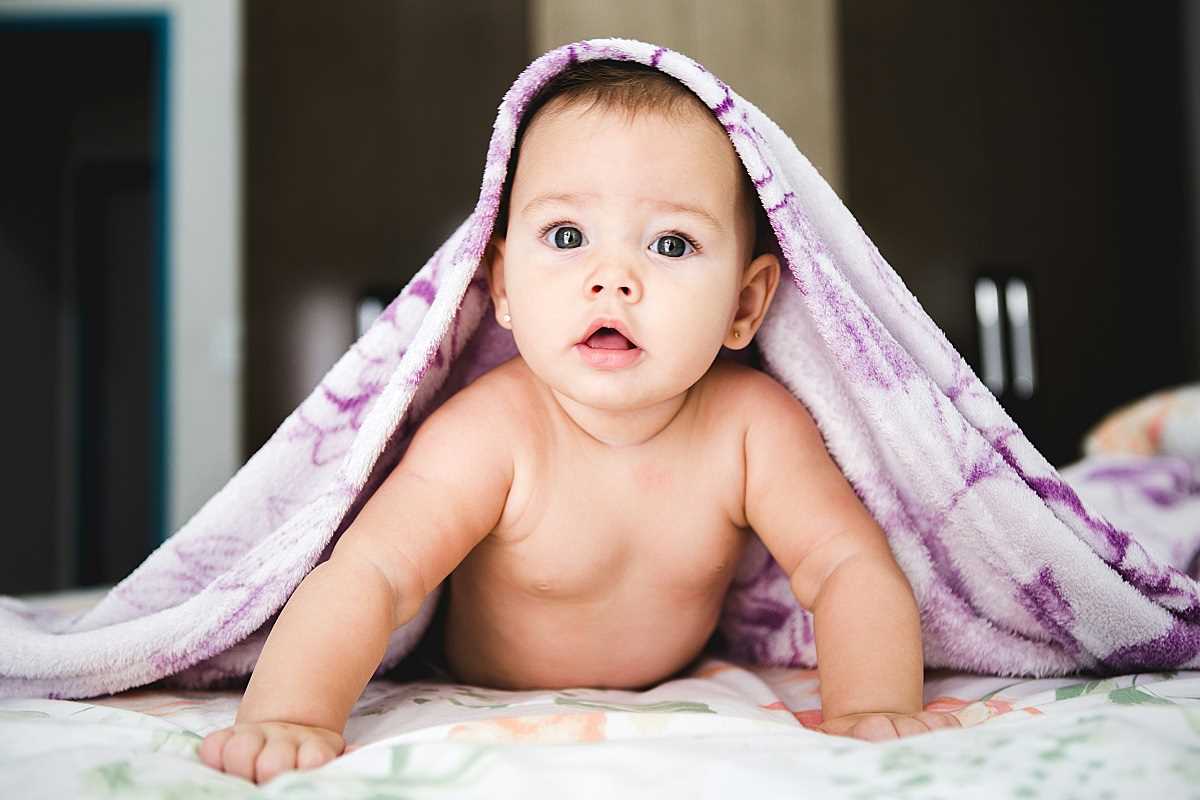 (Image via
(Image via